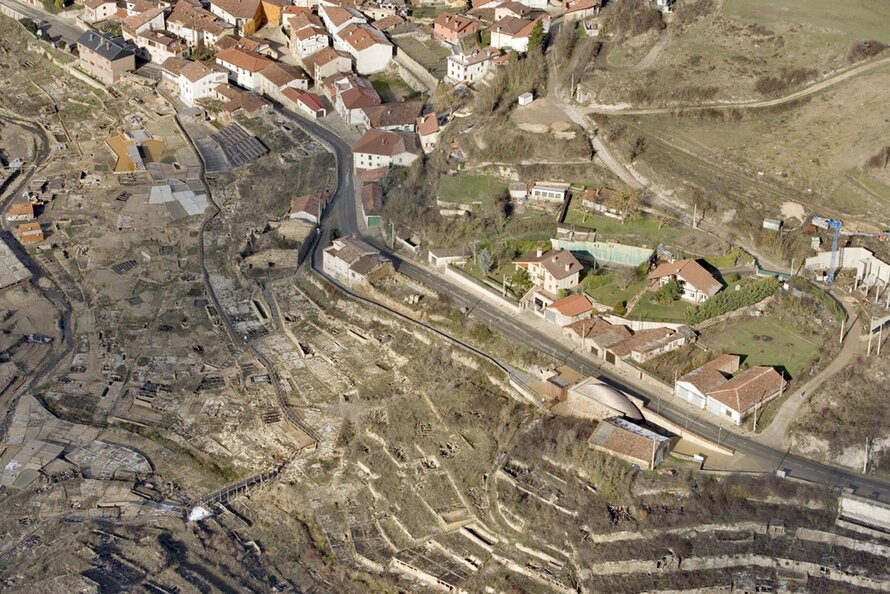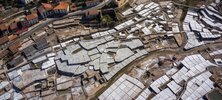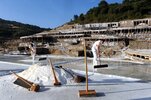Salt Valley of Añana, Alava
Valle Salado is located in the town of Salinas de Anana (Alava, Basque Country), in northern Spain. The property covers an area of 13 hectares and is a unique and exceptional saline landscape. Recent archaeological research confirms that salt has been produced here continuously ...
Read more
Project details
| Title: | Salt Valley of Añana, Alava |
|---|---|
| Entr. year: | 2015 |
| Result: | Grand Prix |
| Country: | Spain |
| Town: | Alava, Basque Country |
| Category type: | landscape, historic parks and gardens |
| Building type/ Project type: | Cultural/Natural landscape |
| Former use: | Traditional salt production from a salt spring for over 6,500 years |
| Actual use: | Salt production facility combined with a new social, natural and cultural attraction, touristic use |
| Architect / Proj.leader: | Fundación Valle Salado de Añana (Valle Salado de Añana Foundation) |
| The Jury's citation: | "The Jury was somewhat bowled over by the sheer scale of this project. It affects not only the landscape of an entire valley but also the economic life of its inhabitants, signifying the recovery of an industry that has been in business from remote times until very recently. The Jury noted that the export of the salt produced makes the Valley known in the most prestigious kitchens of not just the Basque Country but internationally. The skilled employment of restoration techniques, particularly in timber, were commented on." |
| GPS: | 42°48'8,8" N; 2°59'8,4" W |
| Web, Links: | www.vallesalado.com/SALT-VALLEY-HOME |
Description:
Valle Salado is located in the town of Salinas de Anana (Alava, Basque Country), in northern Spain. The property covers an area of 13 hectares and is a unique and exceptional saline landscape. Recent archaeological research confirms that salt has been produced here continuously for over 6,500 years. Valle Salado is known for its architecture based on evaporation terraces - built of dry stone, wood and clay-, wooden channels that transport the salt water by gravity from the springs to the wells, and its salt stores; for its wealth of saline biodiversity and for the transmission over thousands of years of the traditional production techniques. The decline in production during the twentieth century led to the deterioration of the cultural landscape. The valley is now the centre of an ambitious comprehensive recovery project that includes the landscape, the architecture, the environment, the salt industry and its traditions, but also the entire territory in a general sense. There are three main objectives: - Recover and preserve the material and environmental culture of the landscape to ensure its sustainability. - Produce high-quality salt, Anana Salt, using traditional techniques and in a sustainable manner, respecting the ancient "know how" of the salt workers. The sale of this salt is already contributing to the self-financing of the project. - Develop and recover, under an approach open to the public, cultural initiatives that are becoming the driving force of the social, economic and tourist development of the region.
Similar projects
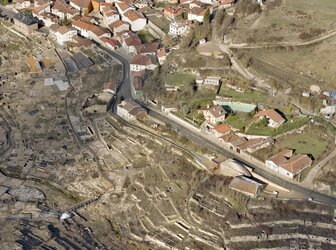
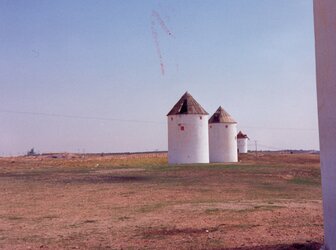
12th centuty
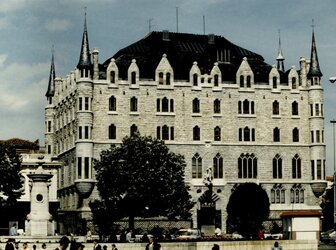
19th century

11th century
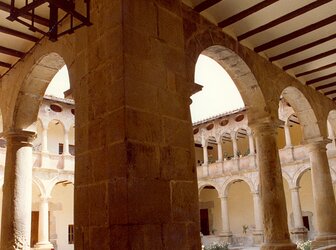
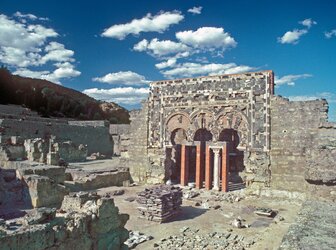
10th century
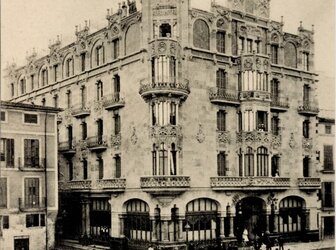
1902
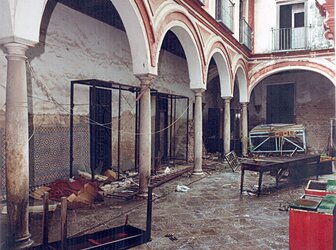
17th century
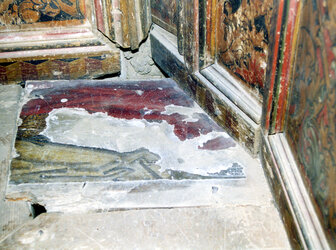
13th century
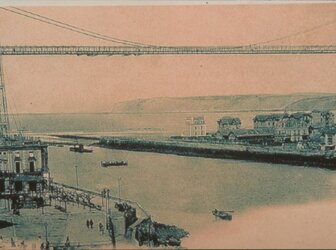
19th century
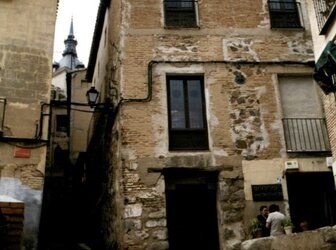
11th-12th century
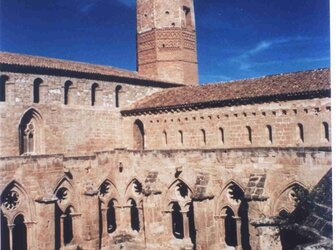
13th-17th century
